One reason alternative energy as a home power source (and beyond) is so popular is that it’s supposed to be better for the environment. It’s nonpolluting, doesn’t involve harmful extraction and refining techniques, and it’s highly scalable. But what if it had unintended consequences? That’s long been a concern with wind energy, an energy source that some bird advocates have historically argued isn’t safe for our avian friends.
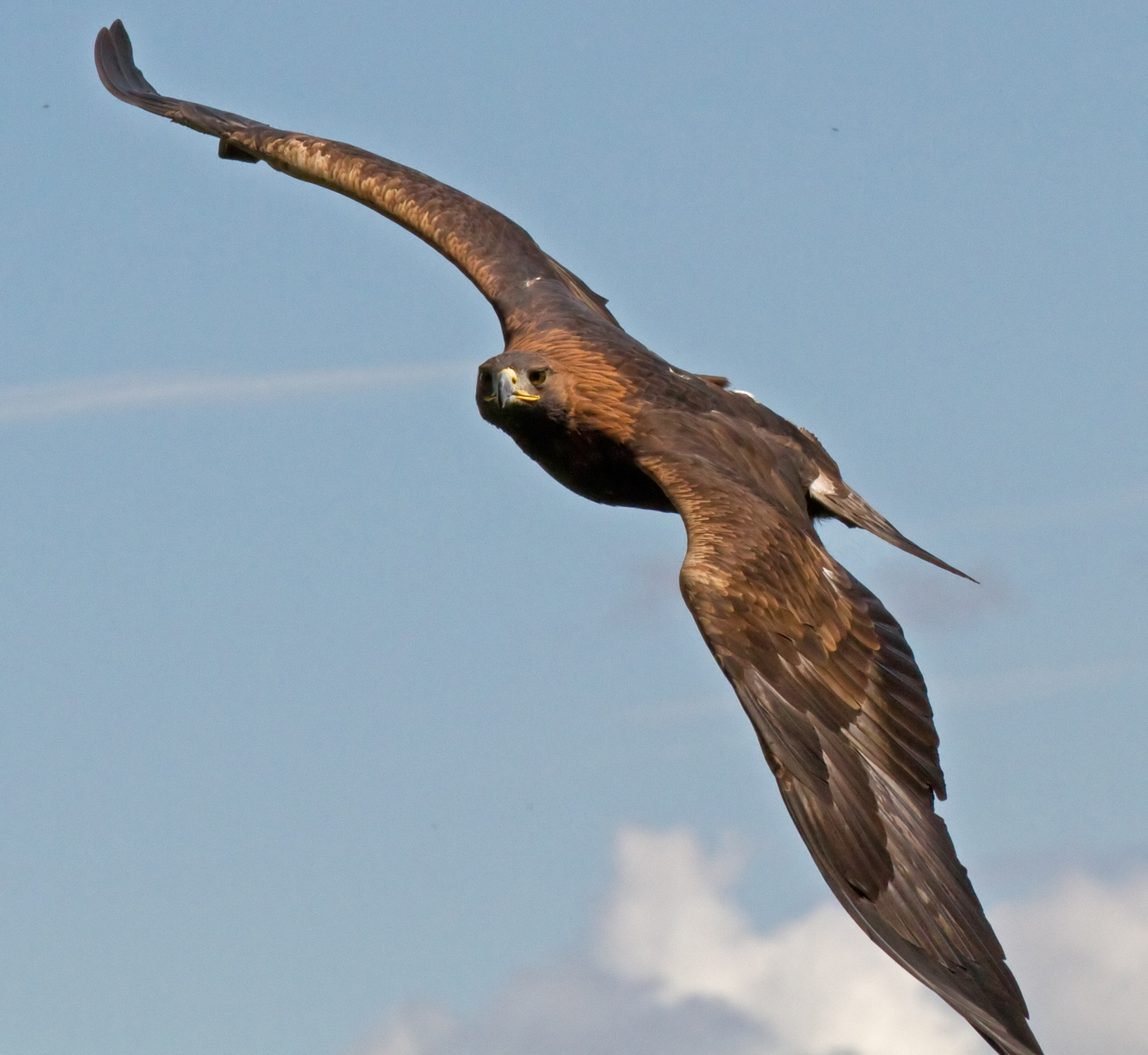
At issue are concerns about whether birds are being confused, struck, or killed by turbines. Since wind turbines are located in areas with excellent windflow where birds might be present to take advantage of thermals and weather patterns, including marshes and other areas where birds may be used minimal human interference, these concerns were considered valid by many bird advocacy groups as well as concerned alternative energy organizations.
However, new evidence is suggesting that everyone, including birds, can breathe easier. While some care does need to be taken in the placement and design of turbines, it’s possible for birds and wind turbines to cohabitate just fine. How willing are bird groups to put their money where their mouths are on this one? The Royal Society for the Protection of Birds has just applied for permission to install a turbine at its headquarters.
Once completed and online in 2014, the wind turbine will supply 2/3 of the amount of energy the charity uses in its operations. Although the turbine will not, of course, be routing wind energy to every regional office, the turbine will be feeding energy back into the grid for sale elsewhere and it represents an important symbolic gesture.
“The RSPB believes that renewable energy is an essential tool in the fight against climate change, which poses the single biggest threat to the long term survival of birds and wildlife,” the organization explains, articulating why the group is doing something that some might find counterintuitive to a bird protection agency. And the wind turbine application wasn’t taken lightly; the group did due diligence including environmental impact reports and analysis to choose the best location and make it as safe as possible.
Their turbine will help them generate power as well as send a message to their community that they’re committed to alternative energy and conserving precious resources while also protecting the environment.
It’s estimated that about one tenth of one percent of bird deaths classified as “unnatural” happen as a result of wind turbine interactions, and new technologies are bringing those numbers even lower. Better design and the replacement of older turbines can help keep birds (and bats) safe, while more careful location of wind farms to get them away from major migratory paths is another important step. Furthermore, strategic San Francisco landscaping and planting projects in other regions near wind power sources to create safe spaces for migratory birds can also help keep birds on track and protected. Now that researchers understand the issue and are working with bird groups, there’s a high probability that the technology will get even better, so birds and turbines will be able to get along just fine.
Bigger concerns for birds? Power lines, building strikes, vehicles, mowing (a problem for young birds who can’t get out of the way quickly enough), pesticides, forestry, and communications towers. These known issues are all subjects bird advocacy groups are tackling to make the world safer and more pleasant for our feathered friends.
This article was written by Katie Marks for Networx.com


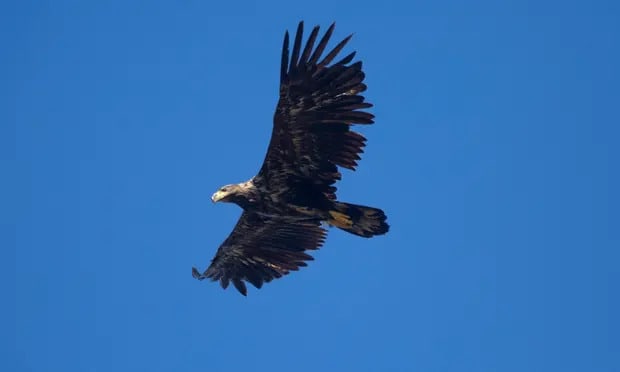

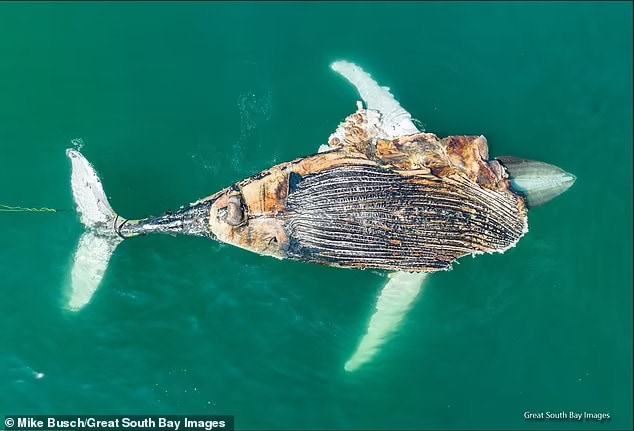
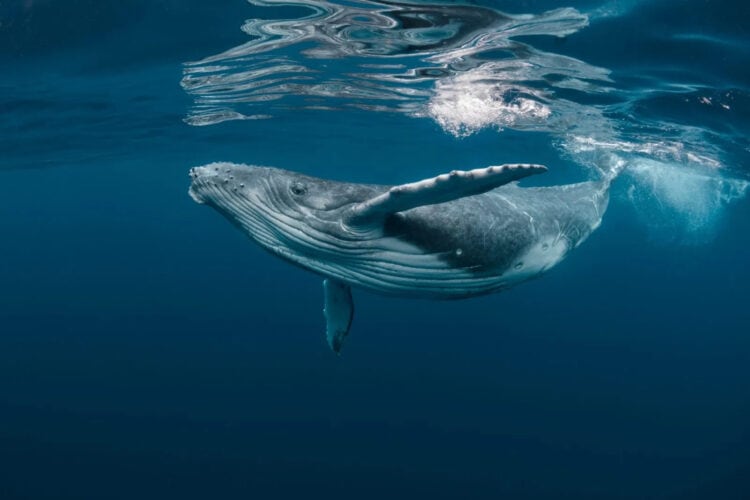
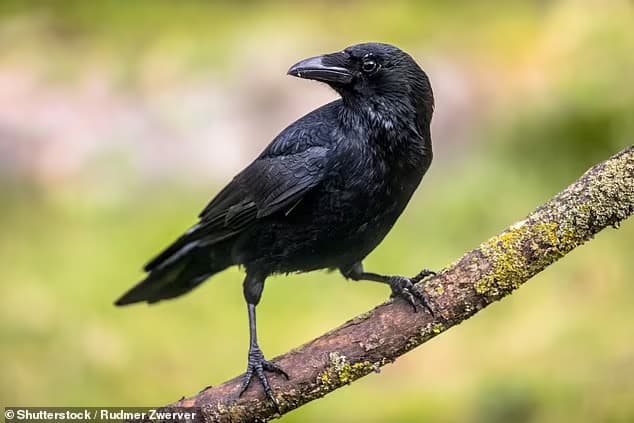
Leave a Reply